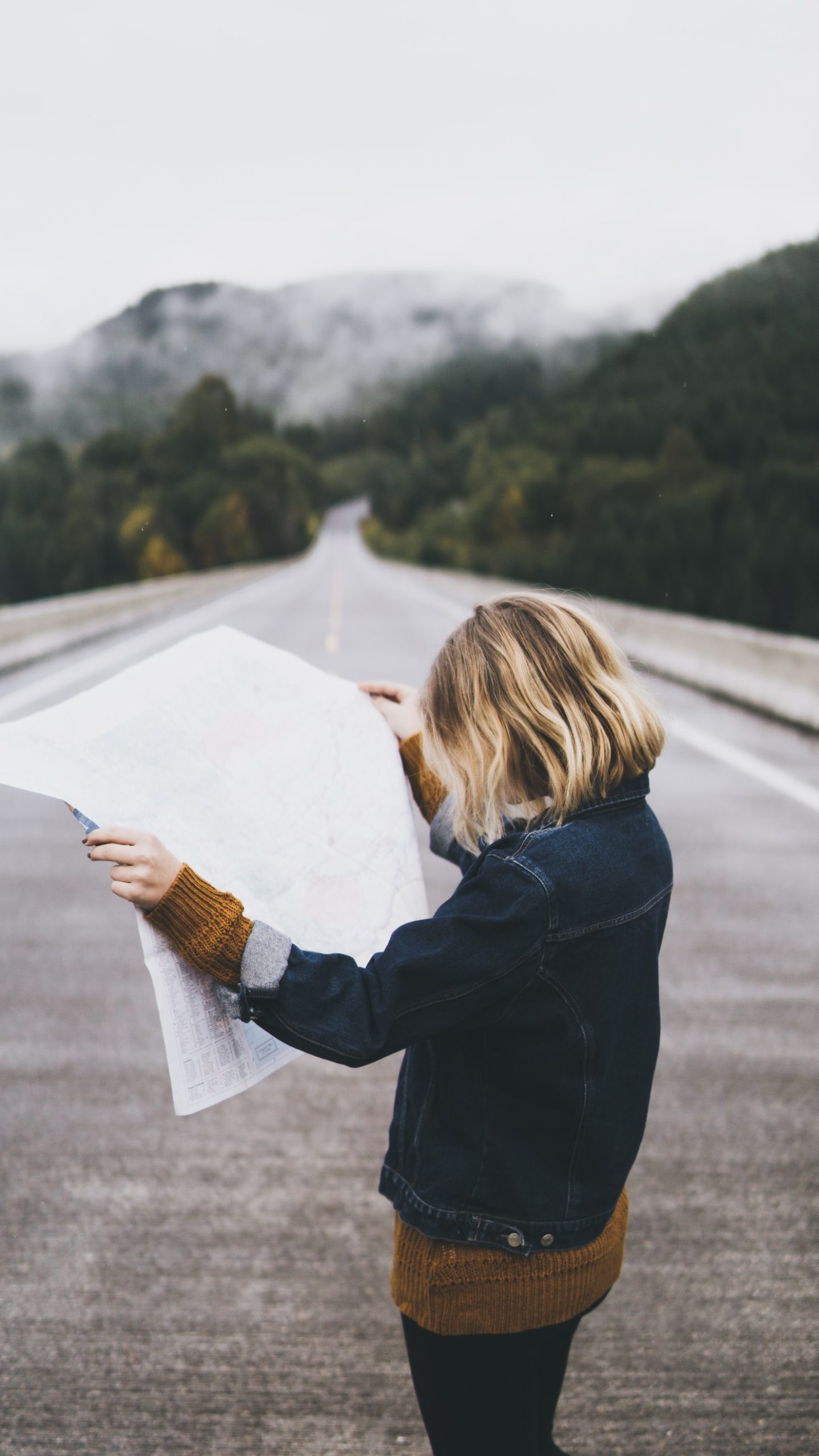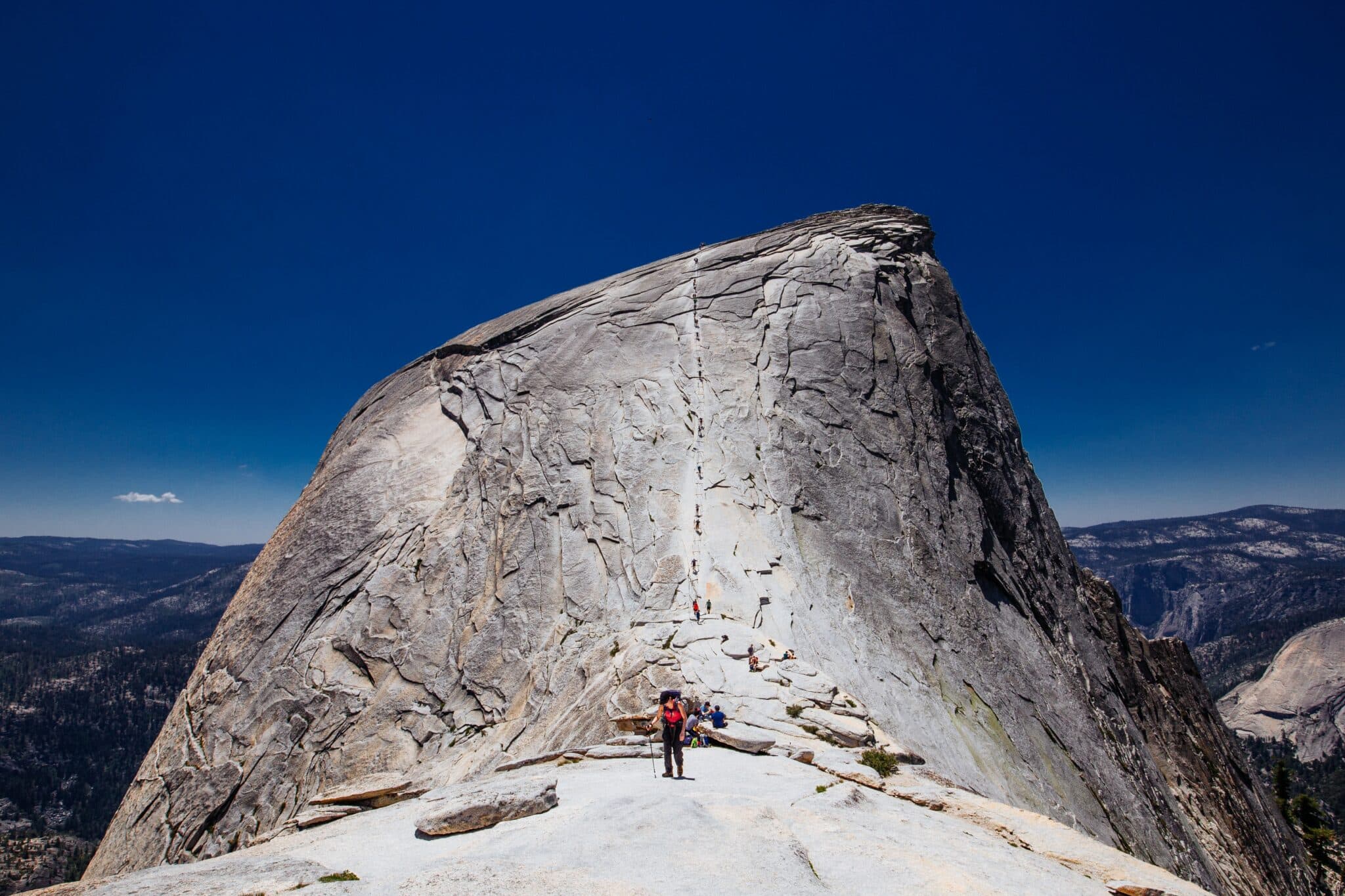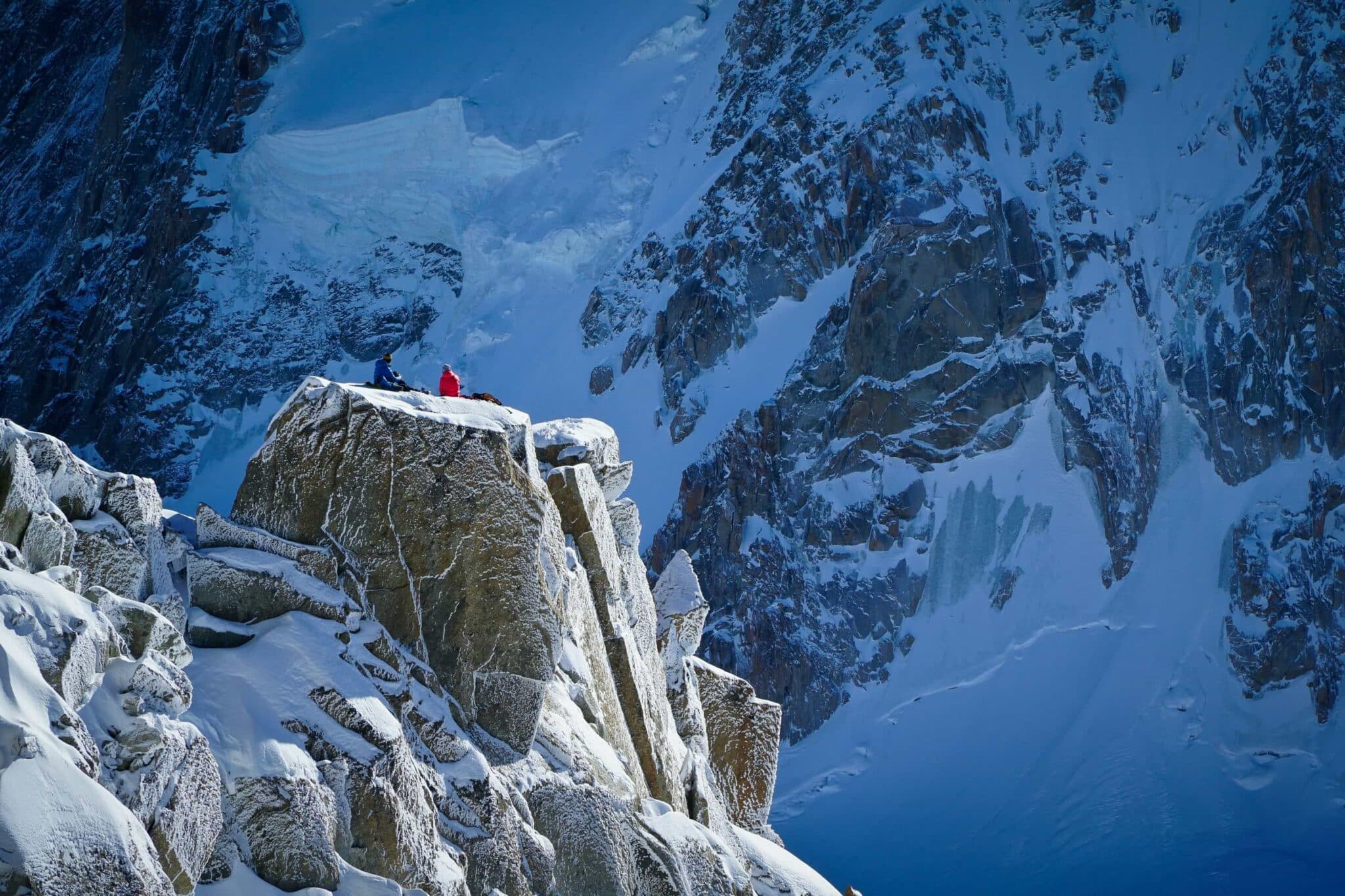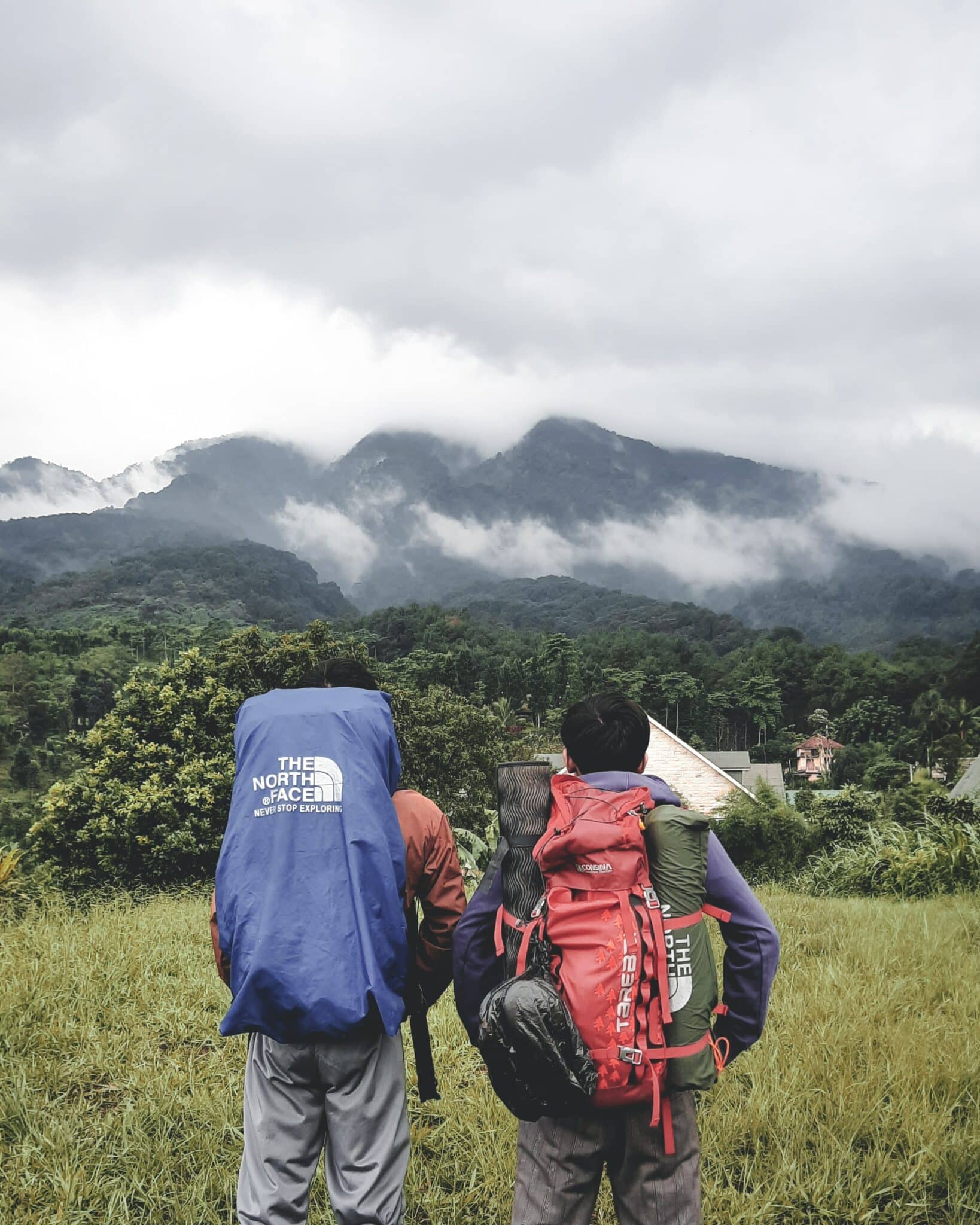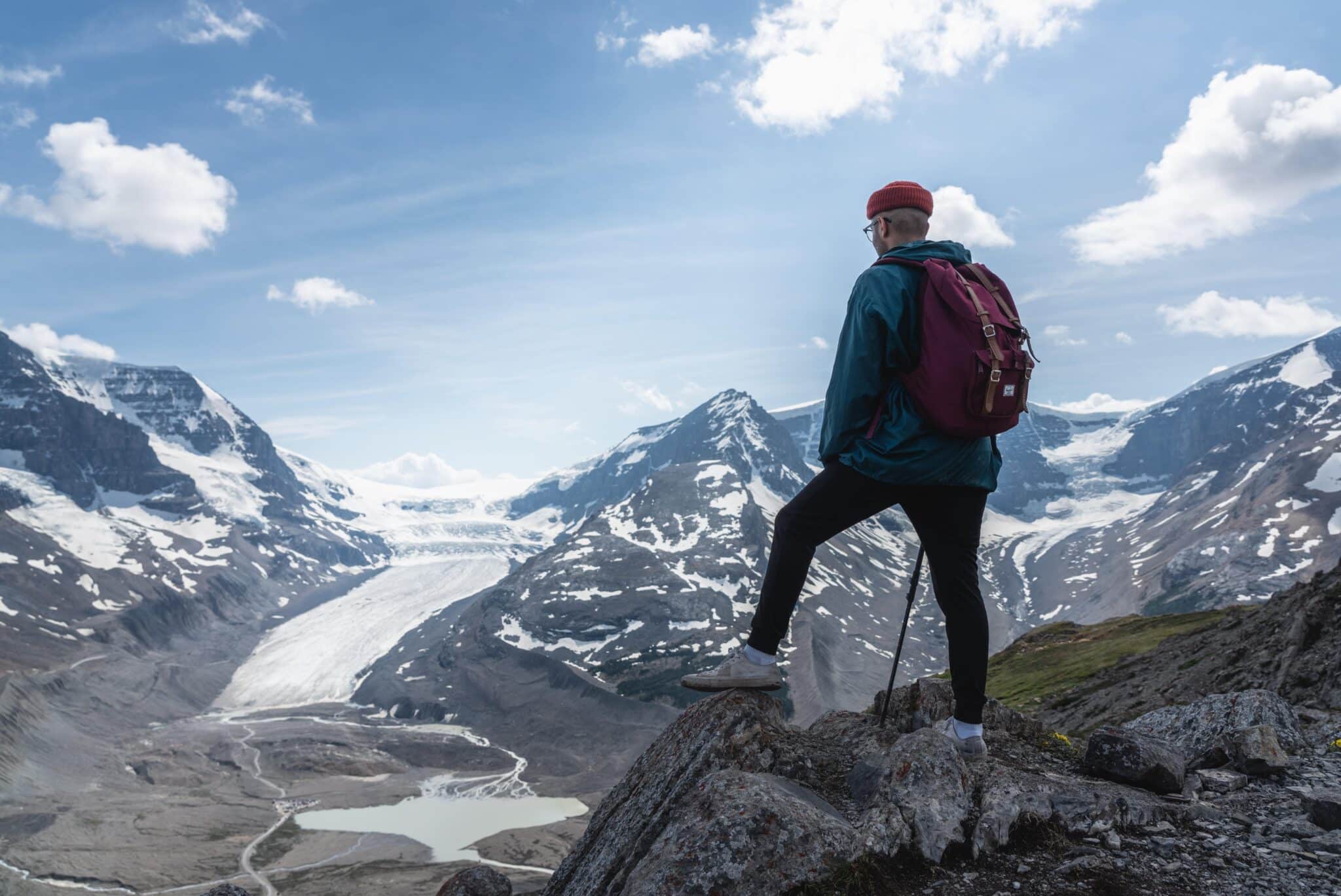As a beginner, kayaking may seem intimidating and expensive. You sit in (or on) a narrow boat made of wood, plastic, or some composite material and paddle through rivers, oceans, or lakes. Some adventurers kayak through the sea, caves, lakes, everglades, white water, at night, in the morning, at sunset, and sunrise. There’s recreational kayaking and there’s also an extreme version of it, like most outdoor activities.
At its best, kayaking gets you closer to nature you wouldn’t otherwise see on land. Kayakers get to escape noises, dust, smoke, and congestion of cities. Whether kayakers are sending it off tall waterfalls, exploring banks of rivers, or watching wildlife from a distance, there is no shortage of adventures while paddling.
If you enjoy the water or paddlesports, you owe it to yourself to try kayaking.
In this Kayaking 101, we’ll share what you need to know and how to get started:
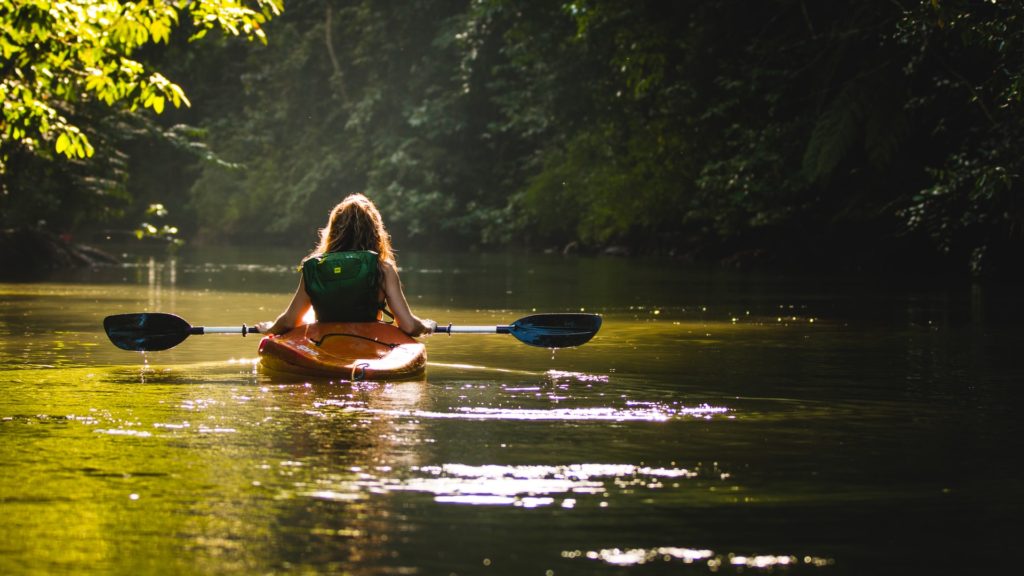
How Hard is Kayaking?
It can be as hard or strenuous as you are strong or want to make it. It can be anywhere from like sitting in a bathtub to taking on an ultra-endurance event. There may be more of a learning curve because some aspects of kayaking aren’t as intuitive as other outdoor activities. For example, rolling a kayak can baffle beginners as it takes a special technique to do it correctly. For many beginners, the default of using strength before technique usually tires them out.
It also depends on the kind of kayaking you’re doing, where you’re kayaking, and what type of kayak and paddle you’re using. The most challenging kayaking is typically through whitewater followed by ocean kayaking and then flat water paddling.
Beginners usually start with recreational kayaking on flat water as this is the calmest and within the first half-hour, you’ll quickly learn how to move forward, backward, turn left, and turn right. A few items to note is that paddling as upper-body and core intensive. If you have a weaker upper body, you’ll likely tire out faster paddling than you would running.
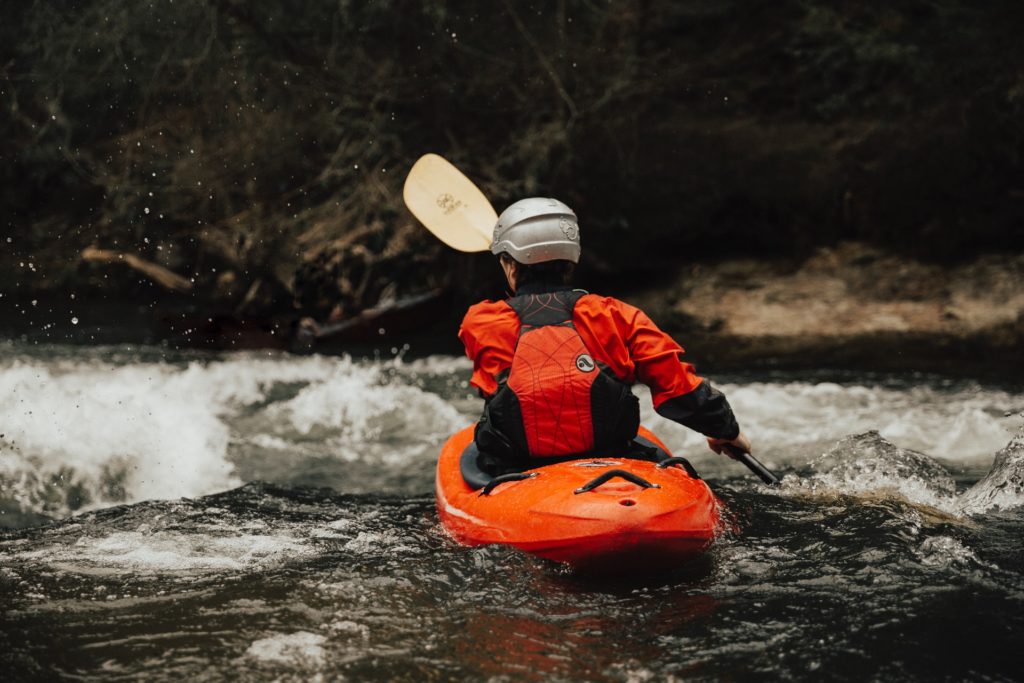
Do Kayaks Flip Over Easily?
There is a general, “no, but…” response when asking this question.
The initial stability of a kayak actually feels very unstable to a beginner. Secondary stability is how far you can lean the kayak over without tipping. If you’re not used to a kayak leaning, it’s going to feel unstable. What ends up happening with new kayakers is that they overreact when the kayak is leaning and end up flipping themselves over by trying to control the kayak too much.
The easiest way to overcome this initial stability (or feeling of instability) is to wiggle your hips when you first get on the water in the kayak. This will give you a sense of the kayak’s stability.
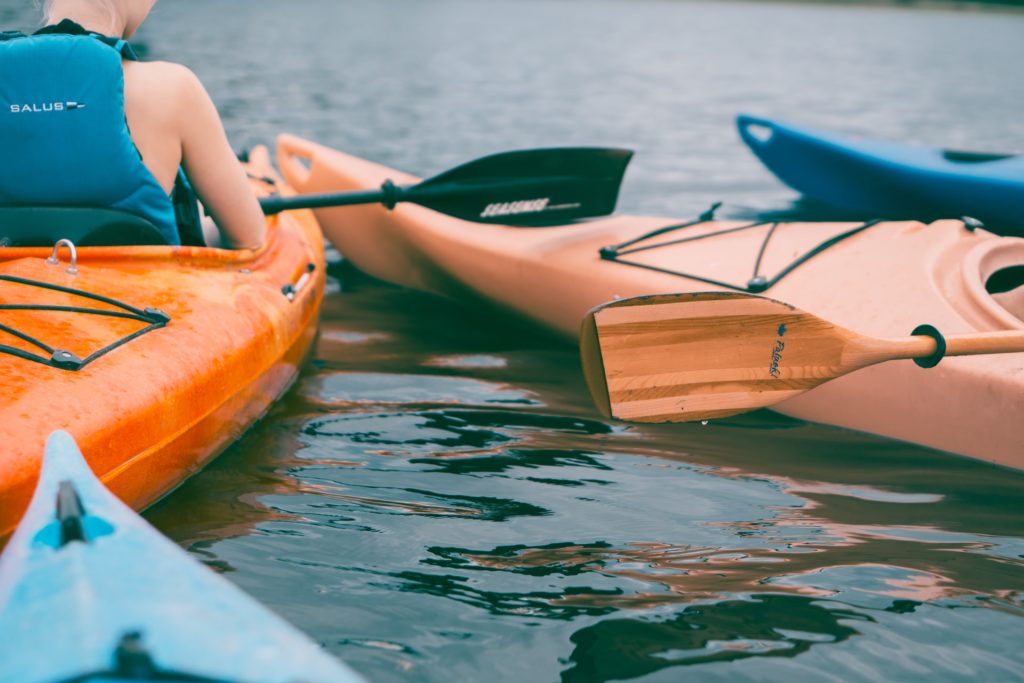
Do You Need Lessons To Kayak?
Not necessarily but if you want to become a better paddler, it’s in your best interest to take some lessons. A lot of beginners think that because kayaking seems so simple that they don’t need lessons. If your only intention is to stay in flat water, near the shore, and you’re comfortable knowing what you currently know, then maybe lessons aren’t for you.
For those who want to increase their safety, improve their abilities and techniques, and expand your adventures, then consider taking lessons. Lessons will help you with your paddling efficiency and safety. For instance, if you know how to maintain posture and paddle positioning, you’ll probably become a much more efficient paddler and in turn, have more confidence and fun. Also, using proper form will decrease your chances of injury.
Another reason to take lessons is to learn to roll the kayak. Learning how to roll on both sides and in various types of water will improve your safety in the water. From there, the biggest lessons will depend on what kind of kayaking you want to.
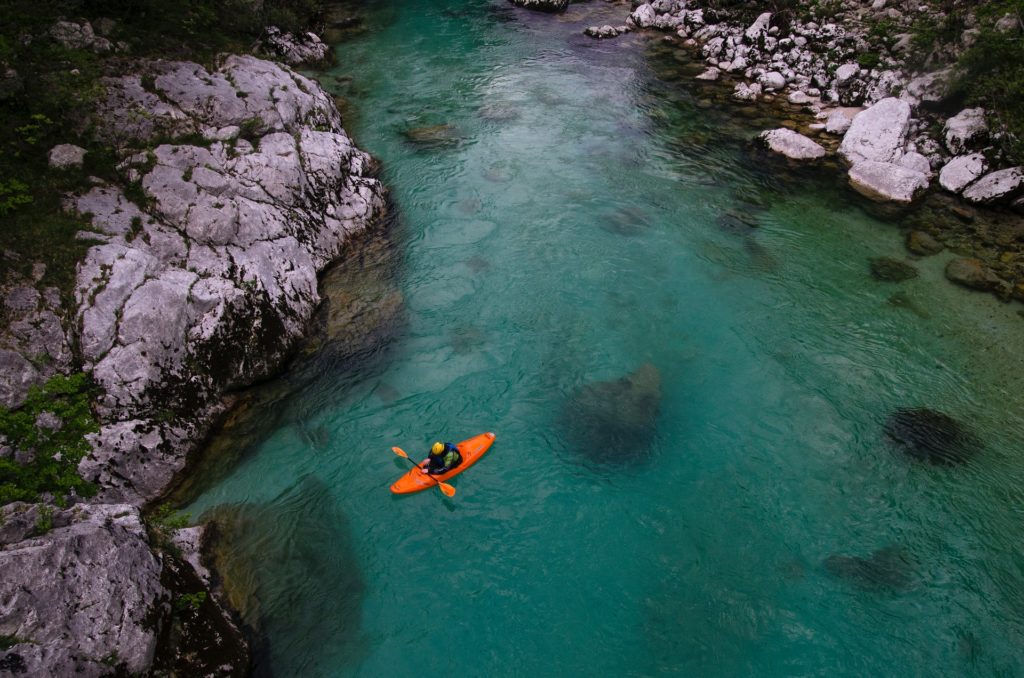
Like what you’re reading? Sign up for our newsletter and receive product updates, blog posts, and more:
[hubspot type=form portal=20710242 id=18ac1a5f-a560-4d2e-a134-9654342f7b61]
Step 1: Decide What Kind Of Kayaking You Want To Do
There are two main types of kayaks: flat water and Whitewater. Then there are categories under those two umbrellas. There are five types of flat water kayaks and four types of Whitewater kayaks.
Flat Water Kayaks:
- Sit-on-top
These do not have a close cockpit and are easy to get in and out of. Most beginners start with sit-on-top kayaks.
- Recreational
These have a closed cockpit but usually have a large opening. These kayaks are shorter (and cheaper) than touring kayaks. Shorter kayaks don’t track as well, which means the kayak’s ability to go straight instead of turning when paddling.
- Touring
These are 12 feet or longer, usually have smaller cockpits, and are narrower which make them faster. They’re used on long trips across large bodies of water.
- Inflatable
While they make traveling with them easier, they don’t track as well as the others and there’s the fear of them popping.
- Pedaling
People with back or shoulder problems may benefit from pedaling kayaks because you use your feet to propel you.
Whitewater Kayaks
- Playboats
These are about 6-feet long and best for those who want to go to one spot on the river and play on the standing waves and holes.
- River Runners
These are about 7-8-feet long with a decent amount of tracking to get through sections of the river but short enough to manage tight turns.
- Creek Boats
These are about 8-feet long with a lot of volume that will help you resurface but aren’t typical kayaks for beginners.
- Old School Long Boats
These are about 10-12 feet long which helps you run rivers that have a lot of flat water between rapids but can be an issue if there are a lot of turns.
- Inflatable
These are very stable because of how wide they are and they store a lot of gear on-board but again, aren’t great for turns.
Ultimately, a longer, narrower kayak will usually track straighter and faster but is less stable. Alternatively, a shorter, wider kayak is more stable but you’ll have to course-correct more often.

Step 2: Find the Gear You Need for Kayaking
A simple checklist for kayaking essentials starts with:
- Kayak
- Paddle
- Personal flotation device
- Dry bag for personal items
- GPS
- Headlamp/light with extra batteries
- Signaling whistle
- Water
- Snacks
- Phone (in waterproof case/container)
- Sunscreen
- Sunglasses (with a lanyard)
- Hat and/or helmet
What you wear to kayak will largely depend on a few factors: 1.) The type of water you’ll be on, 2.) the weather conditions, 3.) what time you’ll be out, 4.) how long you’ll be out, 5.) what kind of kayak you’ll be in, and 6.) the water temperature you’ll be in.
Decide if you’ll be on flat water or Whitewater. Then find out what the weather is expected to be like the day you go out. The time of day you kayak will also influence what you wear (morning versus afternoon weather can vary). Plan to be out longer than you anticipate and dress for that. Knowing the temperature of the water is important in case you do fall in.

Step 3: Learn the Safety Precautions Before Kayaking
If you take kayaking lessons, then you will learn the safety precautions through there. Every paddler should be prepared to get wet and/or fall into the water. Some of the biggest threats to kayakers are drowning and hypothermia.
Have A Plan In Place In Order To Increase Your Odds Of Survival
For example, always wear a personal flotation device like a life jacket in case you fall in. Prepare your kayak with a towel and spare clothes in a dry bag. Have your cell phone accessible. Check your gear before each kayak adventure for wear and tear and make sure it’s in great condition. Make sure you have a plan for rescue in case you need it. Then create a backup plan.
Plan Your Route and Carry a Map
As a beginner, you should know the route and area you’re going to. Even if you know where you’re going, bring a map just in case.
Never Paddle Alone
It’s safer to go with someone who’s experienced or join a tour guide. There are a lot of unknowns when kayaking for the first time and it’s safest to be with someone who knows how to handle different situations.
Know How to Rescue Yourself and Others
Again, if you take lessons, you’ll likely learn how to rescue yourself and other kayakers in case of an emergency. Knowing how extreme situations can get while kayaking is imperative for a safe experience.
Be Aware of River Hazards
Learn how to read the flow of rivers and educate yourself on different dangers that are in rivers and how to spot them before going on a kayaking adventure.
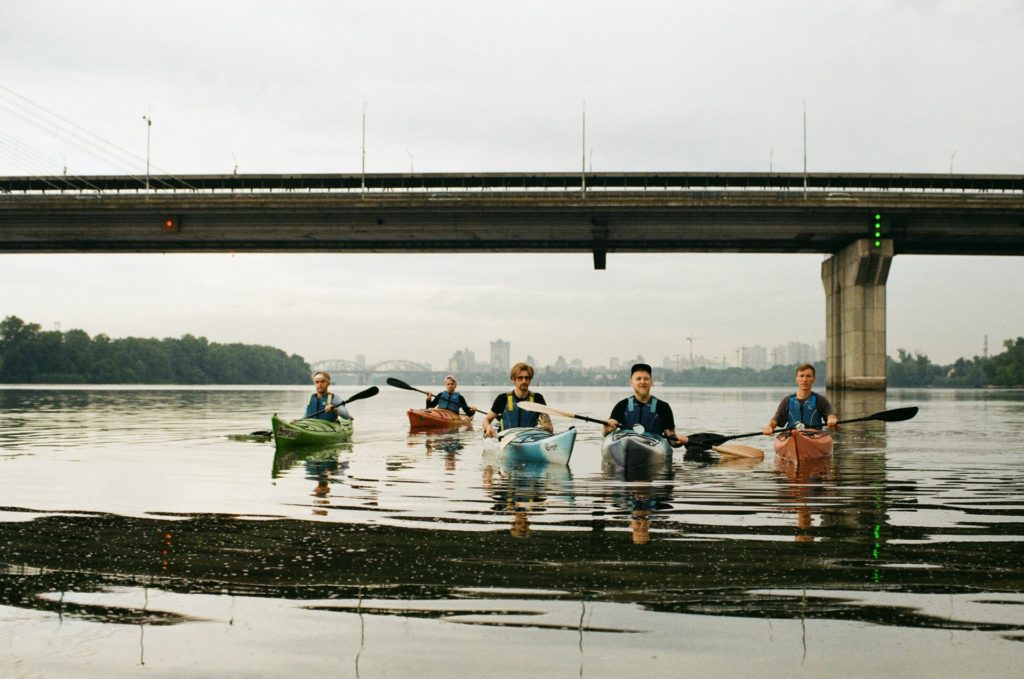
Step 4: Choose Where To Go and Find People
Starting out kayaking can be fun, exciting, but can also make you feel completely lost. Once you have all the gear for kayaking, where do you go for a safe place to try kayaking for the first time? What’s open? And is it more fun to kayak with others? If you want to avoid riding alone (for safety or social reasons), how do you find a kayaking friend?
Start by asking the people who work at the kayak shop
The employees that help you rent or buy your kayak will likely know local spots for you to explore. Simply let them know what you’re looking for and they’ll give you a few places to check out.
Search for local or state clubs or organizations
There is a club for everything and by searching online for a local kayaking organization, you’re bound to find something nearby. Some clubs have dues while others don’t. Most clubs will let you attend an event before committing to them as well.
Online Groups or Meetups
Sear Meetup.com for local kayak groups to join. You can also search Facebook for public or private groups to join. You can meet people in both of these settings and you can also find new places to explore on your kayak.
In an age where everyone’s trying to explore outside and socially distance, kayaking is a great way to do both. Have you tried kayaking? Let us know on our social channels!


